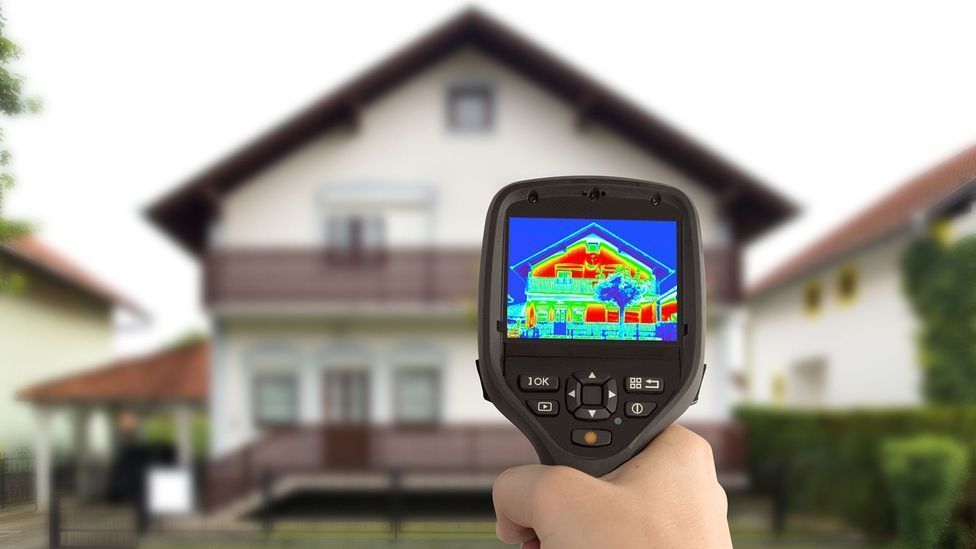Understanding Rising Damp in Your Home
Rising damp is a persistent moisture problem that affects many properties, particularly older buildings in the UK. It occurs when groundwater rises through the walls, leading to damage in the interior and exterior masonry, including unsightly stains, peeling paint, and even structural damage
if left untreated.
Understanding Rising Damp in Your Home
Rising damp is a persistent moisture problem that affects many properties, particularly older buildings in the UK. It occurs when groundwater rises through the walls, leading to damage in the interior and exterior masonry, including unsightly stains, peeling paint, and even structural damage
if left untreated.
What is Rising Damp?
Rising damp is a condition where moisture from the ground travels upwards through the walls of a building via capillary action. This results in dampness and can lead to significant issues such as wet rot, compromised plasterwork, and damage to building materials.
Signs of Rising Damp
Common signs of rising damp include the appearance of damp patches, a musty smell, peeling wallpaper, or stains on the interior walls. If you notice these symptoms, it’s crucial to seek professional help to prevent further structural damage.
The Causes of Rising Damp
Rising damp is often caused by the failure of a damp proof course (DPC) or the absence of one altogether. In older houses, old mortar and brickwork can also contribute to moisture movement, allowing dampness to penetrate from the ground level into the
internal walls.
Why Choose Renlon Home for Rising Damp Solutions?
Experienced Specialists
Our damp specialists have the qualifications and experience necessary to accurately diagnose rising damp issues.
Tailored Solutions
We offer bespoke treatments designed to effectively address the unique problems presented by rising dampness.
Quality Assurance
We ensure timely delivery of services and provide guarantees for the work performed to protect your property.
Contact Us About Damp Issues
If you suspect damp in your property, don’t wait for the problem to worsen. Contact us today for a comprehensive survey and expert advice on the best course of action to protect your home from damp-related damage.
Testimonials
FAQs
Here are some frequently asked questions regarding rising damp to help you better understand this moisture issue.
What causes rising damp?
Rising damp is primarily caused by groundwater penetrating walls through capillary action. This can occur when the damp proof course has failed or if there wasn't one installed in older properties, allowing moisture to rise from the base of the wall.
How can I identify rising damp in my home?
Signs of rising damp include damp patches on walls, peeling wallpaper and paint, and a musty smell. If you observe these symptoms, especially near the floor, it's advisable to consult with damp specialists for a thorough assessment.
How is rising damp treated?
Treatment options for rising damp typically involve the installation of a new damp proof course, followed by replastering affected areas with a moisture-resistant plaster. Our team will provide a comprehensive treatment plan tailored to your property’s specific needs.
Can rising damp cause structural damage?
Yes, if left untreated, rising damp can lead to significant structural damage, including deterioration of internal walls, rotting of timber joists, and compromise to the overall integrity of the building. Timely intervention is crucial to prevent such issues.
Is rising damp a common problem in the UK?
Yes, rising damp is a common issue in many older houses throughout the UK, particularly those without adequate damp proof courses or those that have deteriorated over time. Regular property maintenance can help manage this risk effectively.
Need Help With Your Home?
A member of our friendly team will be more than happy to assist you.






